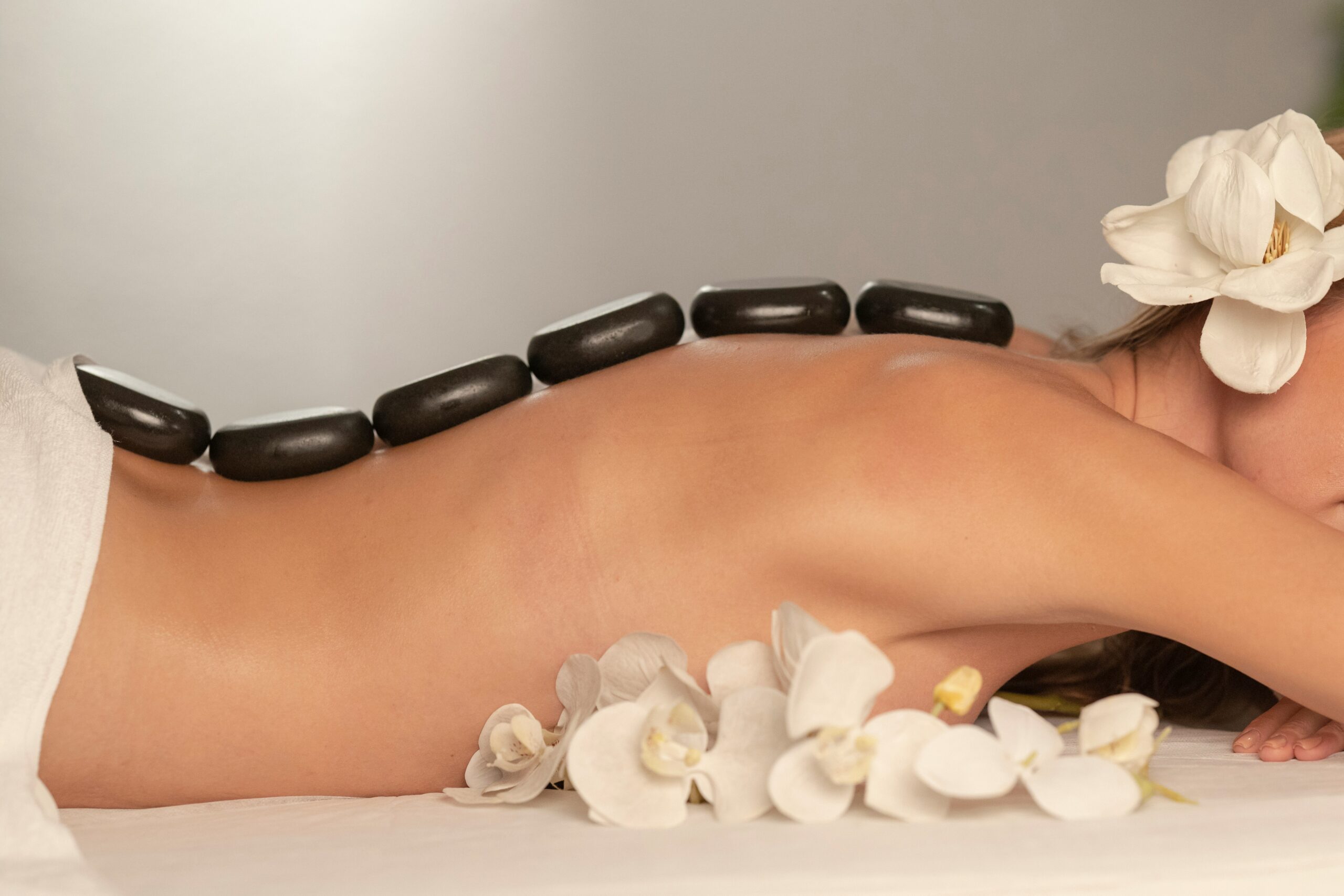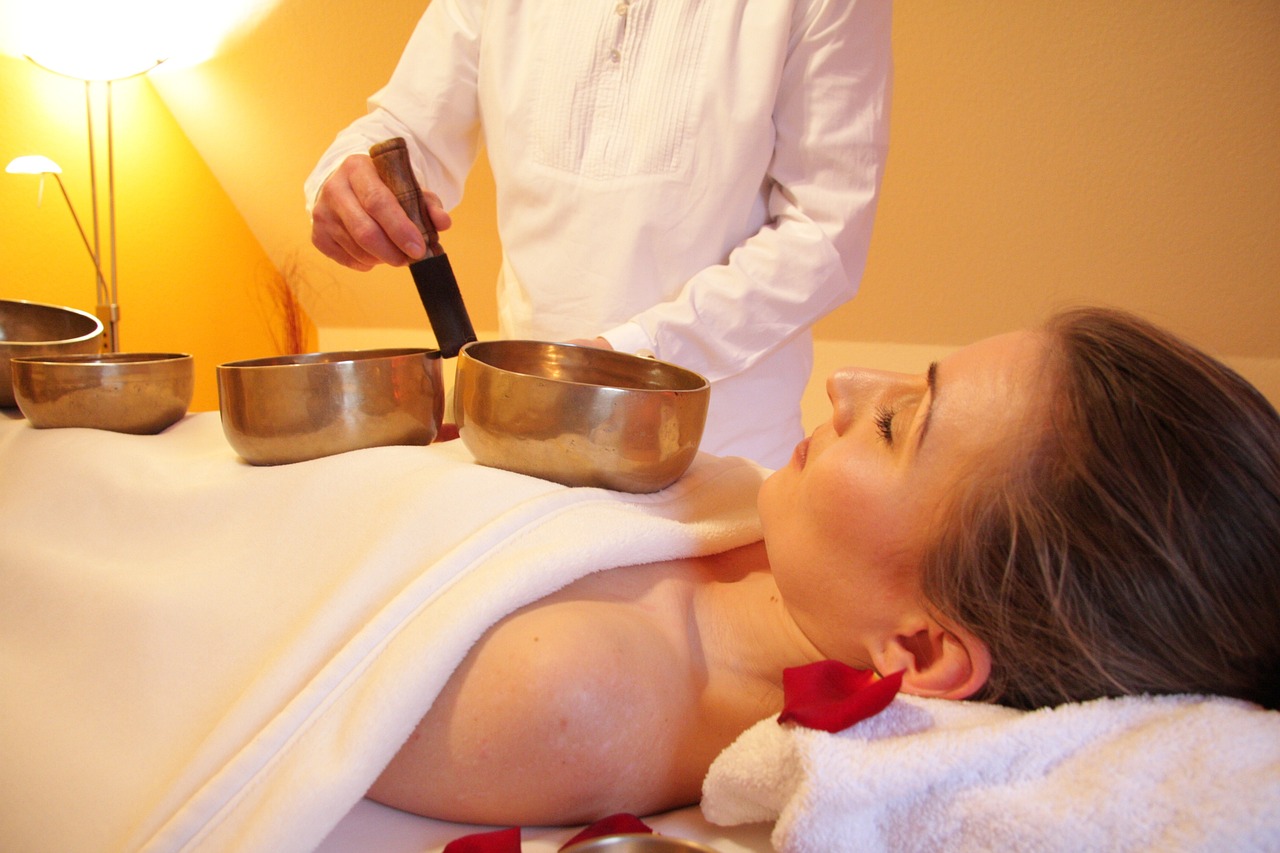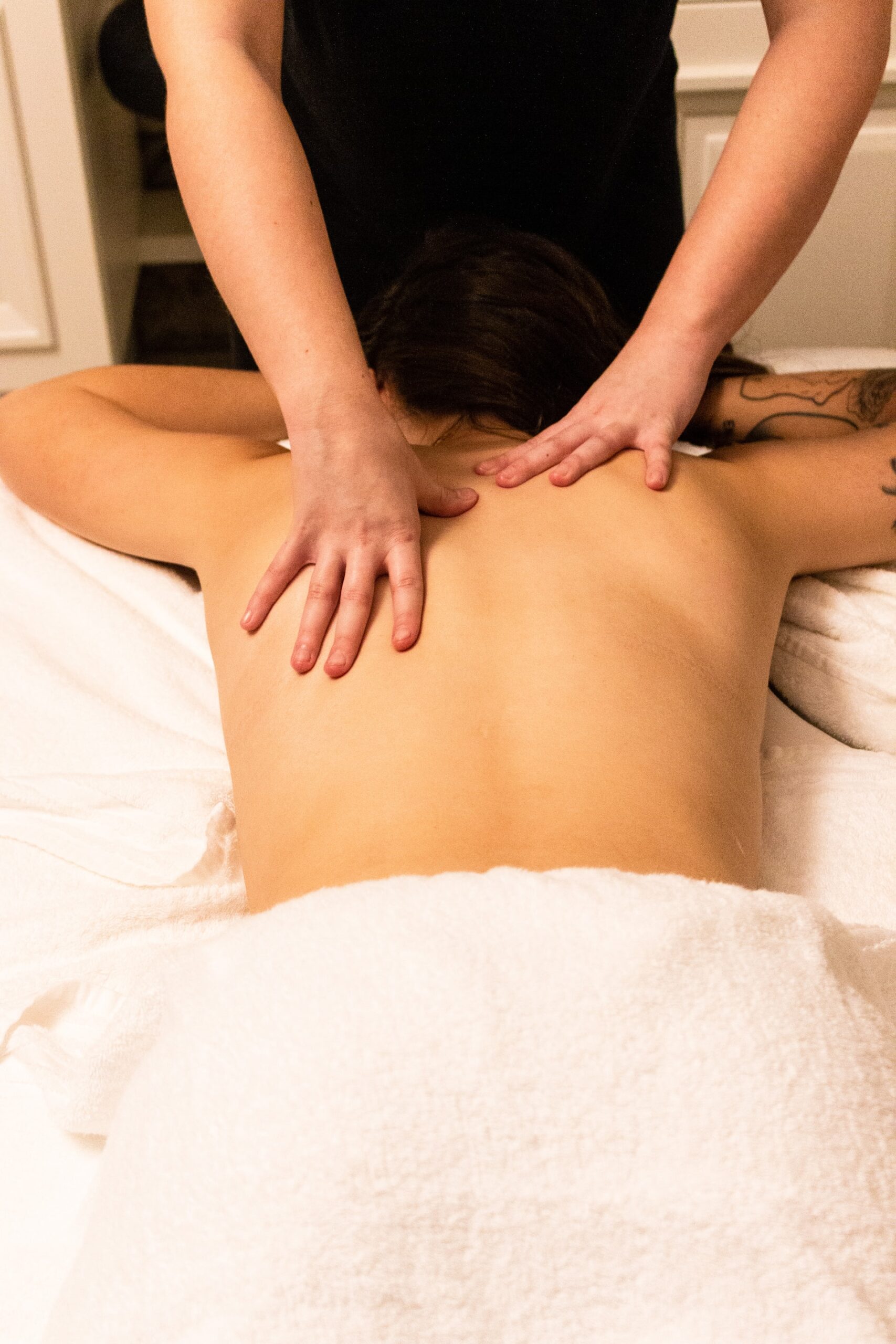Why Song Rooms Matter
On a humid Friday evening, the queue outside Luxury Su Noraebang stretches past a bubble-tea stall. The scene raises a question: why does karaoke occupy such a prized spot in the social circuit south of the Han (for example, gangnam-salong.com)? Part of the answer lies in architecture. Most noraebang facilities operate in high-rise basements or upper floors, where rental costs run lower than street-level bars. Affordable leases translate to reachable prices, and reachable prices turn spontaneous singing into a habit rather than an occasional treat. Yet economics only frame the story. Cultural expectations carry equal weight, as group harmony—both literal and figurative—sits near the core of Korean social life.
Architecture of a Good Time
A standard song room measures about 15 square meters, with a two-tier bench wrapping three walls. Programmable LED strips sync to the tempo, delivering instant stage effects. Tablets mounted near the entrance list more than 40 000 songs. English titles rank second only to Korean tracks, proof that operators court tourists alongside residents. Many rooms supply tambourines and handheld maracas, objects that break performer-audience barriers. The layout resembles a living room more than a concert hall, which reduces stage fright and encourages participation.
From Icebreaker to Finale
Groups fresh from dinner often use noraebang as an icebreaker; others visit as a finale once clubs close. Either way, the format proves flexible. For early visitors, song rooms foster bonding before louder environments block conversation. For late visitors, they serve as decompression chambers where hoarse voices replace crowded dance floors. The playlist itself functions as a time capsule. College friends revive teen favorites, office teams belt out ballads that dominated year-end charts, and tourists play K-pop hits they learned through streaming services back home.
Technology Keeps Evolving, Enthusiasm Stays
Touch-screen interfaces now grade pitch and rhythm in real time, spurring friendly competition. Some systems upload performances to cloud servers, letting customers stream their renditions through mobile apps later. A few venues have introduced augmented-reality backdrops projected behind singers. While hardware changes yearly, the social script remains constant: celebrate effort, not talent. Applause follows every song, and off-key attempts often prompt louder cheers than flawless ones. The ritual reminds participants that nightlife need not hinge on exclusivity; instead, it rewards vulnerability.
Coin Noraebang Culture
Solo booths have ballooned across Gangnam since 2020. At Coin Sing Time near Nonhyeon Station, daylight passersby in business attire squeeze in five-minute sessions between meetings. By night, groups of two or three use booths to warm vocal cords before tackling larger rooms. Each coin noraebang features floor-to-ceiling windows so staff can monitor safety, yet the glass is tinted to protect privacy. This hybrid concept—public yet intimate—mirrors broader Korean design ethos that balances efficiency and emotional comfort.
Economic Ripple Effects
Karaoke gives adjacent businesses steady traffic. Fried-chicken chains stand ready to deliver platters to rooms, and dessert cafés sell honey-butter toast once singing ends. Data from the Gangnam District Office show that noraebang operators generated roughly 120 billion won in revenue last year, supporting thousands of part-time service jobs. The figure puts karaoke on par with mid-size manufacturing sectors, illustrating how nightlife can anchor local economies.
Community and Mental Health
University researchers in Busan surveyed 600 Seoul residents and found that weekly karaoke visits correlated with lower self-reported stress. Singing triggers endorphin release, echoing the benefits of moderate exercise. Unlike gym memberships, noraebang sessions require minimal planning and appeal across age groups. Parents often book afternoon slots with children, then return in adult company after midnight. This all-ages accessibility reinforces karaoke’s status as a communal activity, not a marginal subculture.
The Road Ahead
Gangnam’s song rooms continue to refine comfort. Some chains offer air-purifier units with real-time particulate displays; others partner with smartphone-based allergy trackers to tailor fragrance-free disinfectants. Upgraded hygiene measures reassure patrons in a post-pandemic era without dampening enthusiasm. By combining small-scale hospitality with technology, karaoke maintains its place at the heart of the district’s night. Visitors who skip it risk missing not only an entertainment staple but an essential key to Gangnam’s social code.




















